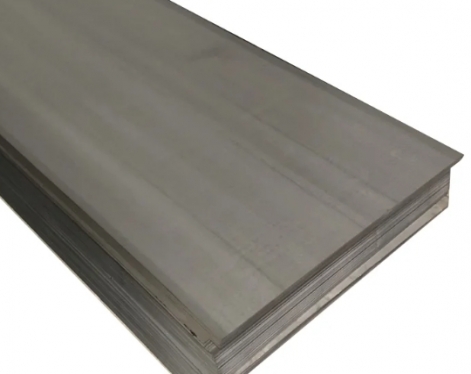The elements contained in 16Mn seamless steel pipes are relatively rich, especially carbon elements and phosphorus elements. To a certain extent, 16Mn seamless steel pipes are harder than ordinary steel pipes. 16Mn seamless steel pipes are used in a wide range of fields and are used in various industrial production and various design, processing and production. The current 16Mn seamless steel pipe can be tested to verify the hardness. The common method of verifying the hardness is more scientific, and it is generally done as follows:
There are mainly two types of test methods for 16Mn seamless steel pipes.
One is the static test method, in which the application of test force is slow and without impact. The determination of hardness is mainly determined by the depth of the indentation, the projected area of the indentation or the size of the indentation area. Static test methods include Brinell, Rockwell, Vickers, Knoop, Webster, Pap and so on. Among them, the three test methods of Burundi, Luo and Wei are widely used, and they are the main test methods for metal hardness detection. The Rockwell hardness test is widely used here. It is widely used for product inspection. According to statistics, 70% of the hardness testers currently in use are Rockwell hardness testers.
Another type of test method is the dynamic test method, in which the application of test force is dynamic and impactful. This includes Shore and Leeb hardness test methods. The dynamic test method is mainly used for hardness testing of large, immovable workpieces.
There are mainly two types of test methods for 16Mn seamless steel pipes.
One is the static test method, in which the application of test force is slow and without impact. The determination of hardness is mainly determined by the depth of the indentation, the projected area of the indentation or the size of the indentation area. Static test methods include Brinell, Rockwell, Vickers, Knoop, Webster, Pap and so on. Among them, the three test methods of Burundi, Luo and Wei are widely used, and they are the main test methods for metal hardness detection. The Rockwell hardness test is widely used here. It is widely used for product inspection. According to statistics, 70% of the hardness testers currently in use are Rockwell hardness testers.
Another type of test method is the dynamic test method, in which the application of test force is dynamic and impactful. This includes Shore and Leeb hardness test methods. The dynamic test method is mainly used for hardness testing of large, immovable workpieces.









